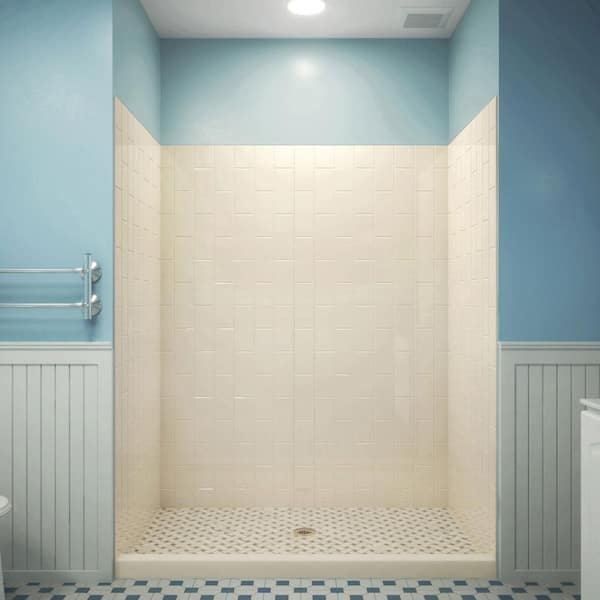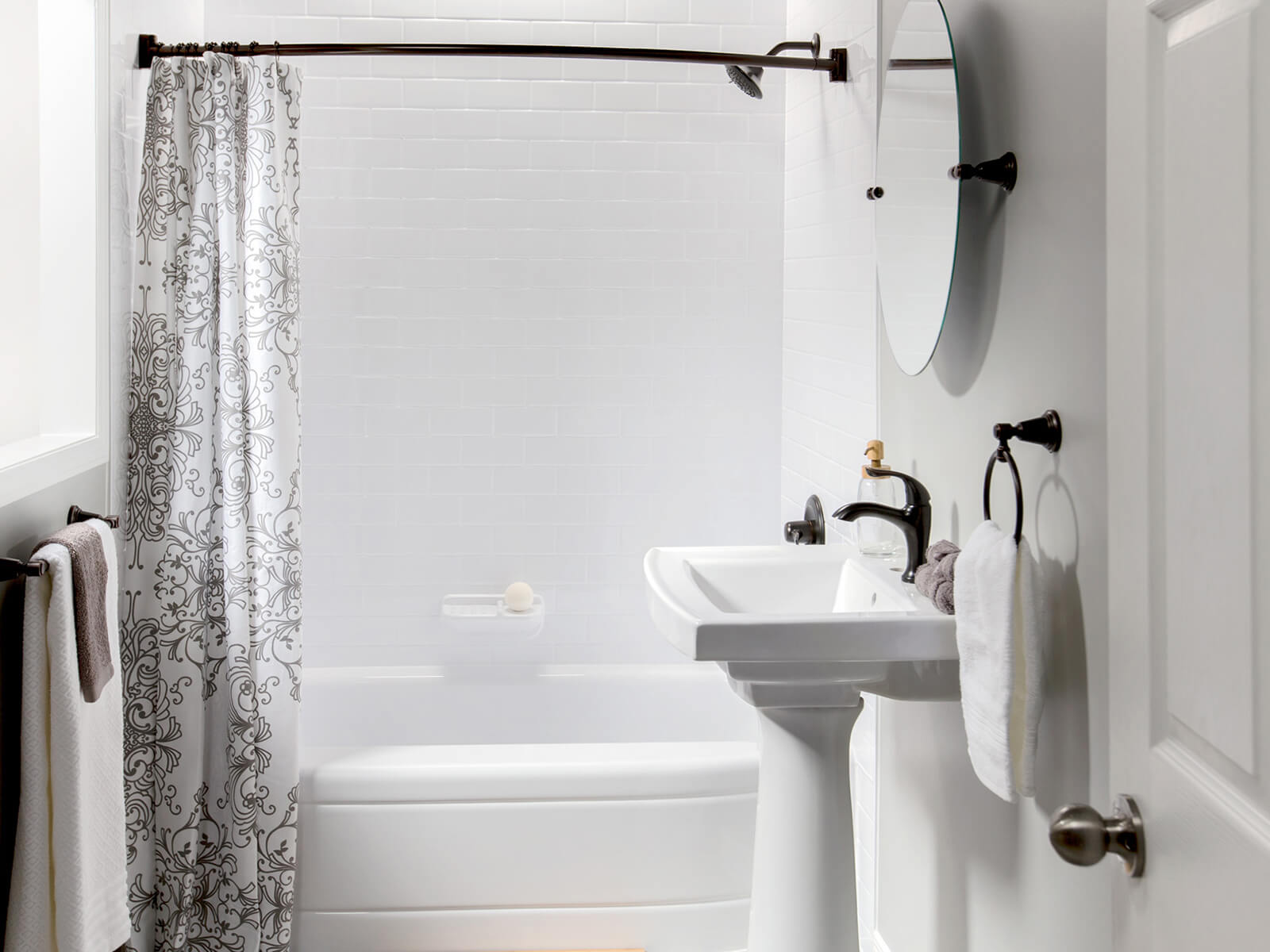5 Acrylic Bathroom Problems as well as Solutions
5 Acrylic Bathroom Problems as well as Solutions
Blog Article
{Try Here Presented here in the next paragraph you can get more professional guidance on the subject of Hiring a Plumbing Company. We recommend that you clean your acrylic bathing product made of Delta ProCrylic or Acrylic with Innovex Technology with non-abrasive soaps and cleaners, such as: When it’s time to clean, always use a terry cloth towel, soft cloth or sponge to avoid scratching the acrylic surface. Don’t use abrasive scrubbing pads, steel wool or sponges, cause permanent damage to the acrylic material. If you use a drain cleaner or clog remover, be sure to rinse thoroughly with water so no product is left standing near the drain. Some chemicals and cleaners may deteriorate acrylic surfaces, causing cracks and, potentially, property damage. To avoid this, don’t use cleaning products that state on their label that they are not suitable for use on Acrylic, ABS, Polystyrene or Plastic. Be sure to check the label of any product before you apply it to the surface; it’s easier to avoid damage than to try to remedy it. Chemicals we do not recommend using to clean acrylic showers/tubs: When you’re ready to apply sealant, a little planning goes a long way. Pick up some painter’s tape and use it to mask off the seam to help make cleaning up easier. When you’re applying the bead, use a constant, steady speed to avoid an uneven finish. Use a caulk tool or a plastic spoon to work the sealant into the joint. Wetting the tool with denatured alcohol will help create a smooth finish. Follow the directions on the back of the tube for cure time. Certain chemicals and cleaners may deteriorate acrylic surfaces, causing cracks and, potentially, property damage. After you’re finished applying it, clean up the product surface and remove any excess sealant with denatured alcohol. Don’t use solvents (turpentine, lacquer thinner, mineral spirits, paint thinner, MEK, xylene, acetone, naphtha, etc.) that can wreak havoc on an acrylic surface. With a little care and consideration, you can prevent damage to your acrylic shower or tub. Keep a supply of soft cloths handy and remove any damaging products or abrasive scrubbing items from the bathroom to ensure they aren’t around when it’s time to clean. https://www.deltafaucet.com/design-innovation/inspiredliving/how-to-clean-acrylic-shower We hope you enjoyed our topic on Finding the Right Plumbing Expert. Thanks a lot for taking a few minutes to browse our content. Sharing is good. You won't know, you may just be helping someone out. We take joy in reading our article about Hiring a Plumbing Company.
Polymer bathrooms, shower trays, and other acrylic restroom ware have come to be extra usual in washrooms in current times. Not as classy and resilient as enamel and also porcelain baths and also components, they are extra cost effective as well as offer quite much the very same standard function. Some common examples of damages to acrylic bathroom components include discoloration, cracks, holes, and so on.Damaged shower or bathroom surface
Polymer shower room fixtures are not abrasion-resistant like enamel selections. Being a very soft product, acrylic scratches can even be hidden without finishing or filling. For these, you ought to look for expert assistance for your bath repair work.Chemical Reactions
Sometimes, people attempt to paint the whole surface area of their acrylic bath by themselves either since they do not like the shade to conceal imperfections. You ought to never utilize paint remover on acrylic baths. Paint eliminators do not react with the surface of metal bathrooms, they damage acrylic bathrooms irreversibly.Bathroom Discoloration
With long term use of acrylic bathrooms comes discoloration or staining. While some spots can be gotten rid of quickly, utilizing special chemicals, others require that the bath be resprayed. Aromatherapy oils loosen up the dirt in some cases thereby recovering the bathroom to its former glory.Cracked Polymer Baths
The life expectancy of acrylic and also fiberglass bathrooms is up to 15-20 years for shower frying pans as well as bathrooms, generally. Fractures in an acrylic shower tray are probably amongst the most convenient issues to fix for a repair service expert. This is the same for PVC, resin, and other such materials.
Acrylic bathrooms, shower trays, and other acrylic bathroom ware have come to be more usual in restrooms in recent times. You should never utilize paint cleaner on acrylic bathrooms. Paint removers do not respond with the surface area of metal bathrooms, they damage acrylic baths irreversibly. With extended use of acrylic baths comes discoloration or discoloration. The life-span of acrylic as well as fiberglass baths is up to 15-20 years for shower pans as well as baths, normally.How to clean Acrylic shower
USE THESE NON-ABRASIVE CLEANERS
DO NOT USE THESE CLEANERS
Sealant Application Tips

Pricing